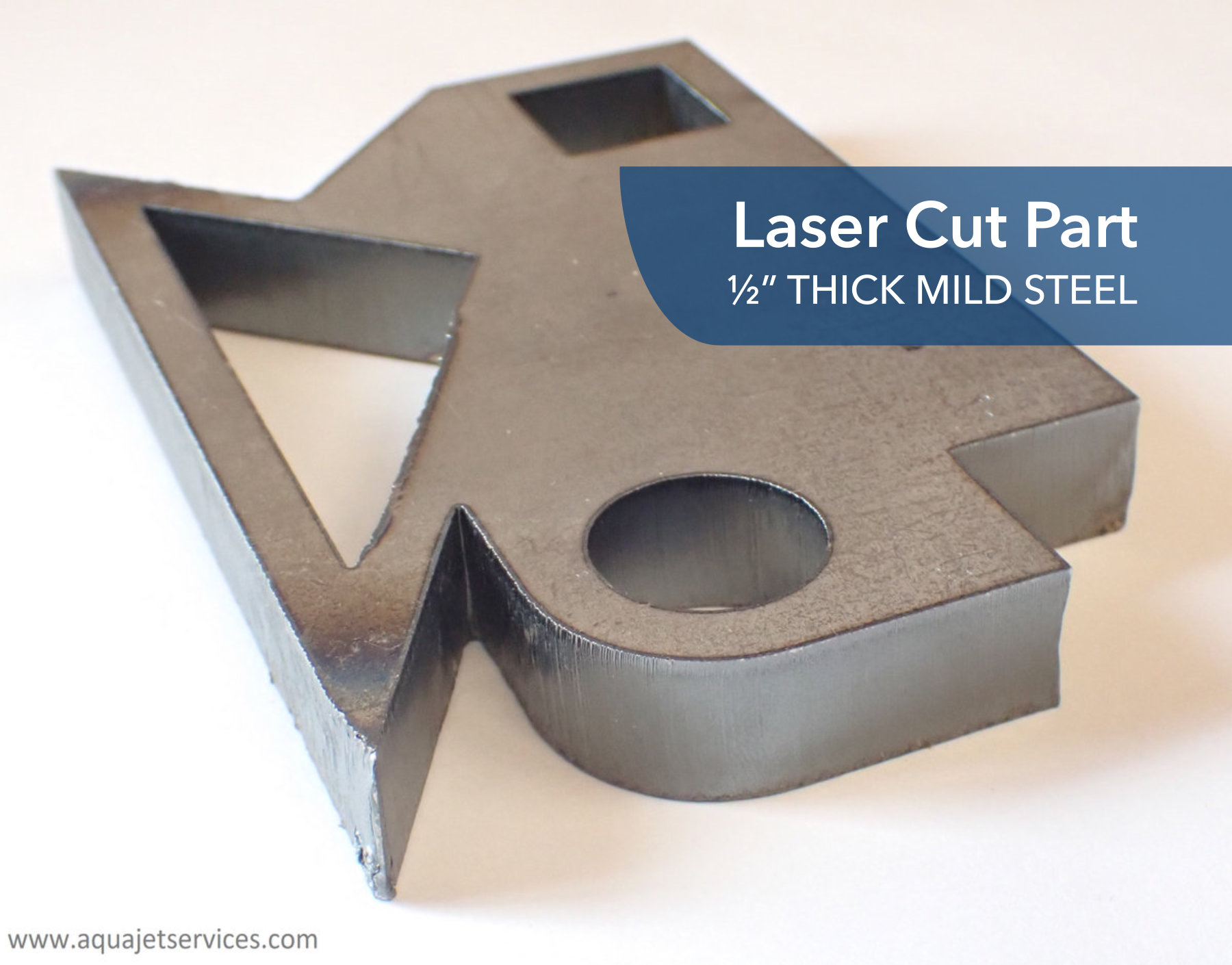The landscape of metal fabrication and machining is changing at a incredible pace, propelled by advancements in technological advancements and the ever-increasing demands of diverse fields. As companies seek ways to boost performance and accuracy, methods such as lasers and waterjet cutting services have gathered attention. These approaches not only provide unmatched exactitude but also empower fabricators to address advanced patterns that were once regarded as impossible.
In an time where customization is essential, emerging trends in manufacturing and manufacturing are reshaping how businesses manage their production processes. By adopting cutting-edge cutting technologies, producers can cut down on waste, enhance material efficiency, and considerably decrease lead times. The incorporation of robotics and innovative tech aims to further streamline operations and elevate the level of excellence in metal manufacturing, making sure that businesses remain viable in a quickly shifting marketplace.
Advantages of Laser Cutting Technology
This cutting method offers a elevated level of precision, allowing for complex designs and narrow tolerances that traditional cutting methods may struggle to achieve. This precision is essential in sectors where exact dimensions are important, such as aerospace and car production. The directed laser beam enables the creation of complex geometries while providing a clean and smooth finish on the edges of the cut materials.
One of the standout advantages of laser cutting is its versatility in handling a wide range of materials. From metals like aluminum and steel to fragile materials like plastics and timber, laser cutting technology can adjust to various uses. This adaptability not only boosts production efficiency but also reduces waste, as the accuracy of the cuts reduces the need for secondary processing operations.
Moreover, laser cutting is celebrated for its quickness and effectiveness. The system can process materials quickly without sacrificing quality, making it an optimal choice for high-volume production runs. This speed translates to quicker turnaround times for projects, allowing manufacturers to react swiftly to market demands and remain competitive in a fast-paced industry.
Benefits of Waterjet Cutting
The process of waterjet cutting is known for its versatility, allowing it to effortlessly cut through a wide range of materials, including metallic substances, glass materials, stone, and polymeric substances. This flexibility makes it an ideal choice for industries that require precision and productivity in cutting diverse materials. Unlike classic cutting methods, waterjet technology does not create heat-affected zones, which means there is little distortion of the material being cut. This feature is vital for uses that demand high tolerances and exact specifications.
Another major benefit of waterjet cutting is its environmentally friendly nature. The process uses a water medium as its primary cutting medium, minimizing waste and removing the need for harmful cutting fluids or gases. This eco-friendly approach appeals to companies looking to enhance their sustainability practices and diminish their environmental footprint. Furthermore, the nonexistence of toxic substances ensures a healthier working environment for operators and decreases disposal costs associated with chemicals.
Moreover, waterjet cutting is very efficient, allowing for exact cuts with little kerf. This precision leads to minimized material wastage, saving companies on raw materials. Coupled with the ability to cut intricate shapes and designs without the need for extensive tooling changes, waterjet cutting significantly enhances effectiveness in manufacturing processes. As sectors continue to seek creative solutions, the need for waterjet cutting services is projected to increase, driving innovations and developments in this cutting technology.
Future Innovations in Metal Fabrication
The landscape of metal fabrication is set for significant transformation as emerging technologies continue to evolve. Innovations such as machine intelligence and ML are set to streamline processes, boosting efficiency and precision in metal cutting. These technologies can examine extensive amounts of data to optimize cutting parameters in real-time, making services like lasers and water-jet cutting more flexible to individual project requirements. As manufacturers commence to adopt smart systems into their processes, we can expect a transition towards more automated and cognizant fabrication environments.
Another thrilling trend is the rising use of advanced materials in the fabrication process. With the growth of composite materials and new alloys, metal fabricators are learning to work with materials that offer enhanced performance attributes. This transition not only requires new cutting techniques but also increases the versatility of laser and waterjet cutting service s. By utilizing the benefits of these advanced materials, manufacturers can produce reduced weight, more robust components that meet the needs of modern industries, from aerospace to vehicles.
Eco-friendliness is also becoming a key focus for future innovations in metal fabrication. As industries aim to reduce their carbon footprint, green manufacturing practices are gaining traction. Waterjet cutting, known for its ability to minimize waste and use reduced energy compared to traditional methods, is expected to see greater adoption. Moreover, advancements in repurposing and using green materials will enhance these cutting technologies, resulting in a more environmentally friendly approach to industrial cutting and manufacturing that coincides with global efforts toward green solutions.

